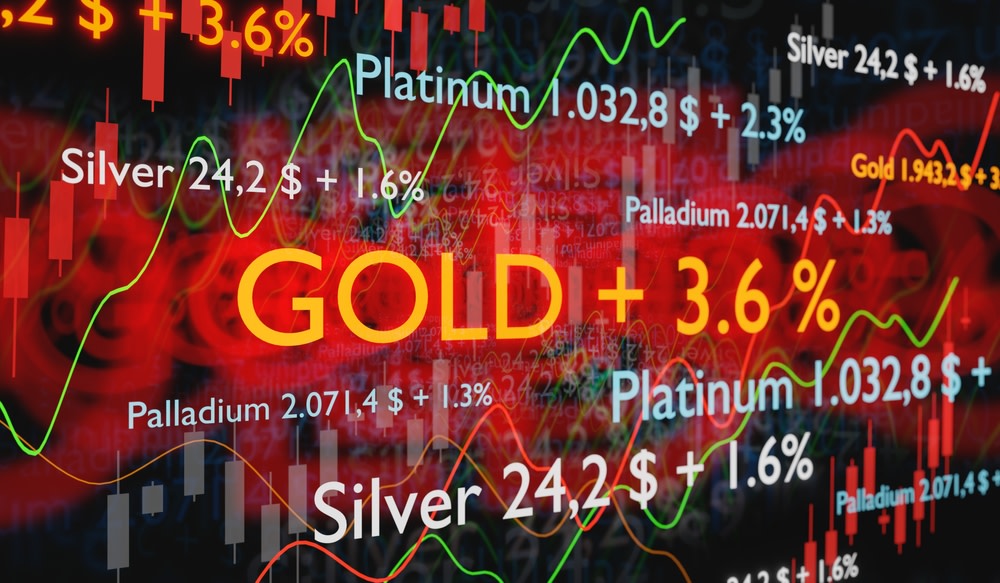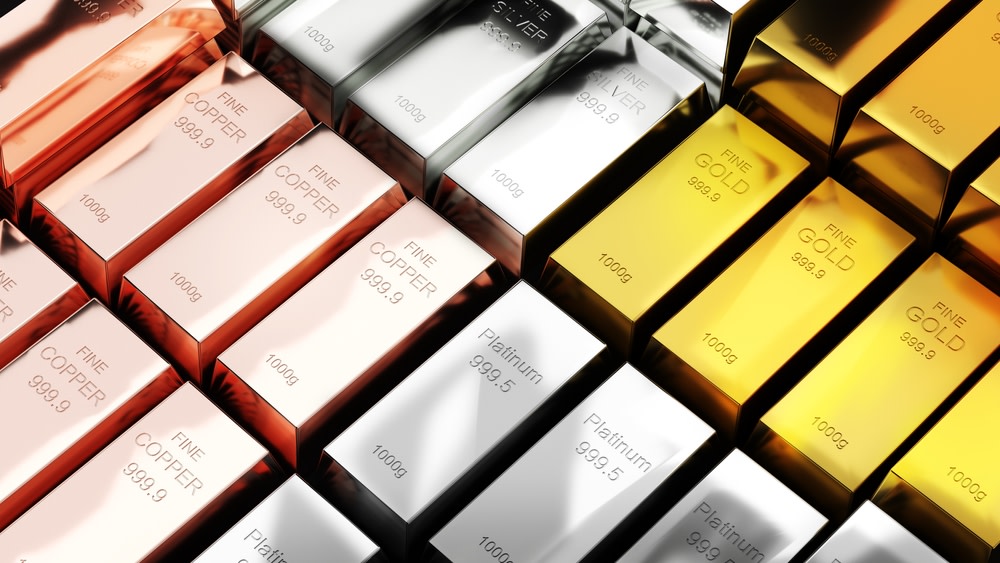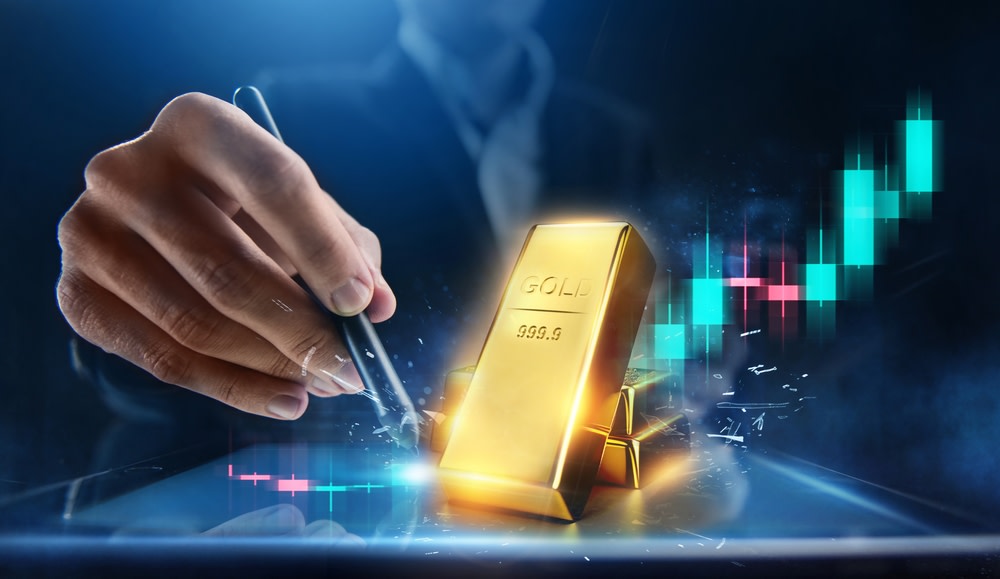
News
Chinese Equity and Gold Strategies Are Outshining the Rest
Shauvik Haldar
|
Overall, major U.S. stock indices continued to be in the red for the...
Overview
Returns
Income
Allocations
Fees
About
$82.54
-0.16%
$30.10 M
0.00%
-
-
-
-
-
-
Get the lastest fund and ETF news in your inbox each week.
Receive latest news, trending tickers, top stocks increasing dividend this week and more.

News
Shauvik Haldar
|
Overall, major U.S. stock indices continued to be in the red for the...

News
Shauvik Haldar
|
Overall, major U.S. stock indices were down for the rolling month.

News
Shauvik Haldar
|
Overall, major U.S. stock indices went down for the rolling month. Precious metal...

News
Shauvik Haldar
|
Overall, some of the major U.S. stock indices marginally declined for the rolling...
Mutual Fund Education
Daniel Cross
|
While CITs and mutual funds share many similarities, there are some key differences...
Taxation
Justin Kuepper
|
Let's see why mutual funds could incur surprise taxes and how tax-managed funds...
Mutual Fund Education
Sam Bourgi
|
The phrase ‘bear market’ has been thrown around a lot lately, but it...
Portfolio Management
Check out our special report on engaging millennials through their increasing interest in...